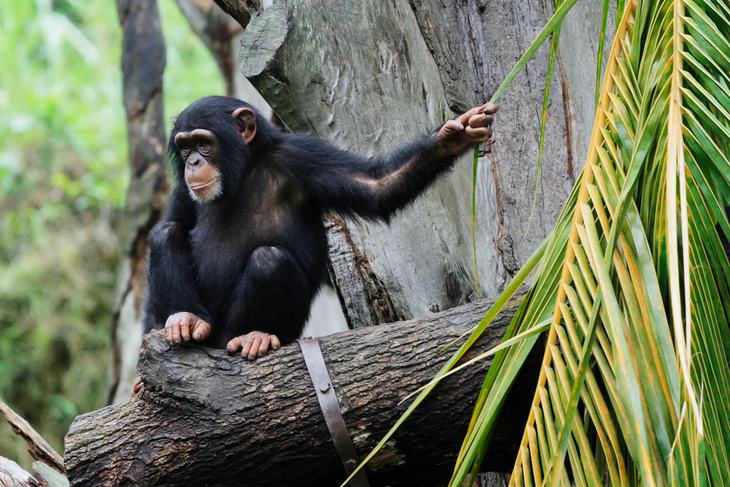
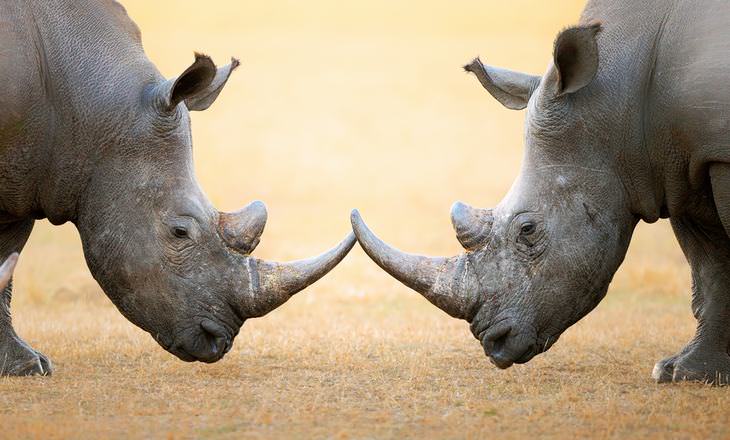
White rhinos have terrible eyesight and to communicate they use communal dung heaps as a something of a community bulletin board where they can leave messages. This will indicate whether a rhino is sick, or another is ready to mate, or if a dominant male has recently wandered through.
2. Sperm Whales Click
This species of whale use clicking sounds, known as 'codas' to pass on information to one another. Those in different areas of the ocean use different clicking patterns, similar to regional dialects. This means that Caribbean sperm whales sound slightly different than those in another part of the ocean. Researchers have been particularly interested in a group near the Caribbean island of Dominica. They discovered that there are different variations between different clans or individual whales.
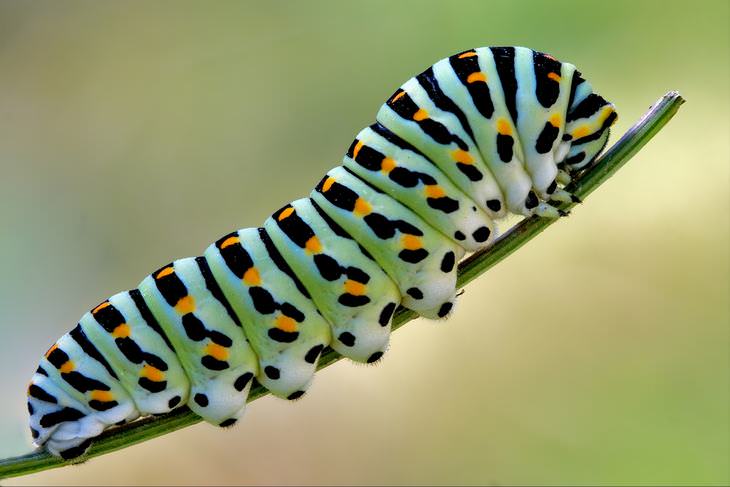
The caterpillar of the Alcon blue butterfly has a fascinating way of communicating. It scrapes its abdomen to create a kind of song. However, unlike many other critters, who use their communication techniques to contact others of their species. This is a message meant for a different creature: the red ant. The song imitates that of the red ant queen. Because of this, the soldier ants that hear it will guard the caterpillar and even kill their own kind in order to protect it.
4. African Elephants Vibrate to Each Other
Elephants make very low sounds to one another. They're so low, that it does not strike the human ear as a sound, rather it sounds like a rumbling vibration. This is known as infrasound' - sounds that are below 20 hertz and are too low for humans to detect. While this way of communicating may seem quiet to humans, researchers estimate that one African elephant making infrasound can be heard by another that is more than 175 miles away.
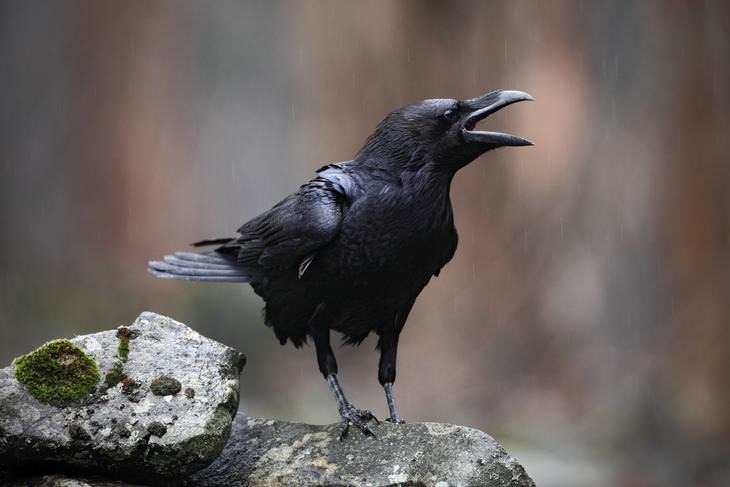
Just as humans use their hands to emphasize a point, ravens do their own kind of gesticulating using their beaks and wings to show or offer items such as moss, stones or twigs - this is usually aimed at a member of the opposite sex. They also interact by clasping their bills together or moving an item together, as a show of potential bonding.
6. Chimpanzees Scratch Each Other
Chimps love to groom and to be groomed. They can be particular about where they want to get scratched though, using 'referential gesturing' to draw the attention of another chimp to the specific area they would like to have groomed.

Day geckos are native to Madagascar. They communicate by simply nodding their heads at treehoppers - insects that digest sap and excrete it in honeydew. When the gecko communicates to the treehoppers that it would like some of the honeydew, the insects oblige, excreting it right into the amphibian's mouth.
8. African Demon Mole Rats Head-Bang
These critters communicate through head-banging. They spend their lives underground and can communicate with one another by thumping their heads against the tops of their tunnels. This way, they send vibrations through the earth that travel much further. In addition, the pace and intensity of thumps indicate different meanings.

Also known as Asiatic wild dogs, dholes are also sometimes called whistling dogs - and with good reason. These fox-like animals alert each other about the location of prey through whistle sounds. This enables them to make coordinated attacks on other animals, including animals that are much larger than them. They communicate in packs to take down prey that is more than 10 times their own body weight.
10. Black-Footed Titis Squeak
In case you're wondering, a black-footed titi is a brown, rainforest-dwelling monkey. They use high-pitched squeaks to let each other know not only what types of predators may be near, but their location. Researchers have found that the monkeys vary their calls in a variety of ways, including creating their own syntax and complex communication system.
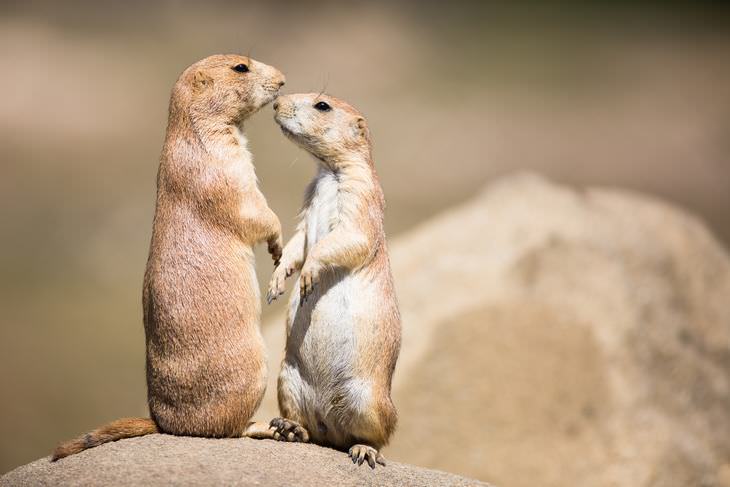
Known for their complex underground tunnel systems, these creatures have complex ways of calling to one another, using slightly different intonations depending on the type of predator - coyote, hawk, human-nearby. In one study they were found to seemingly identify the difference between a person wearing a blue shirt and a yellow shirt.
12. Caribbean Reef Squid Changes Color
The Caribbean reef squid uses specialized cells containing pigments and light-reflecting molecules, known as chromatophores which can change the color of their skin to convey a variety of messages: to court a potential mate, to warn others of a predator, or a number of other messages. They even convey one message to a squid on their left side and a different one to a squid on their right.

Research that goes back centuries has noted that bees use dance moves to alert fellow hive-dwellers of a honey source. A study found that when a bee discovered a honey source, it would head to the hive, performing a dance while other bees touched its abdomen. This allows others to then find the honey source without needing to be shown. The direction and speed of the dance indicated specific geolocation details that the others could follow.
14. Jackdaws Glare
Jackdaws are a bird that is part of the same family as crows, ravens, and jays. Researchers have found that one of these birds will use his conspicuous eyes to glare at a would-be competitor, deterring it from trying to take over his nest.
